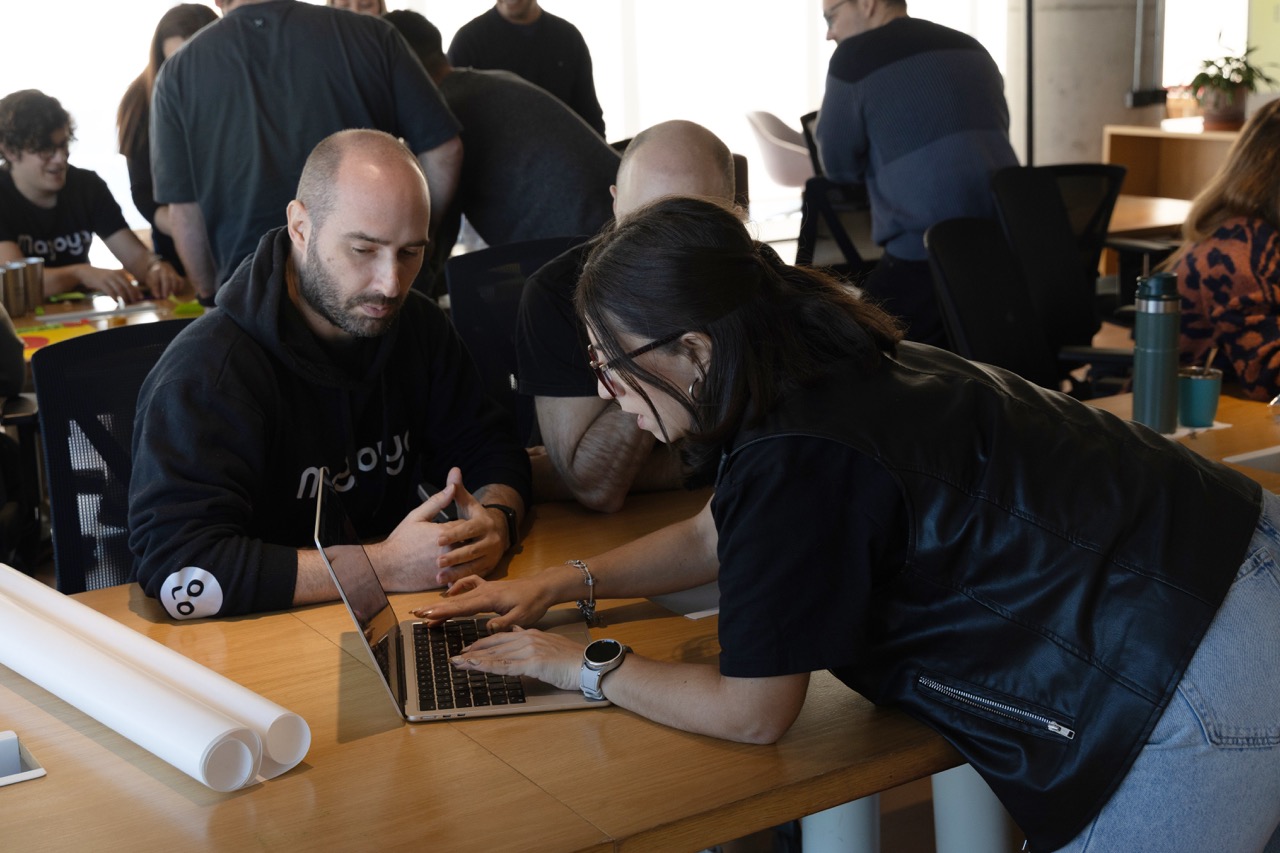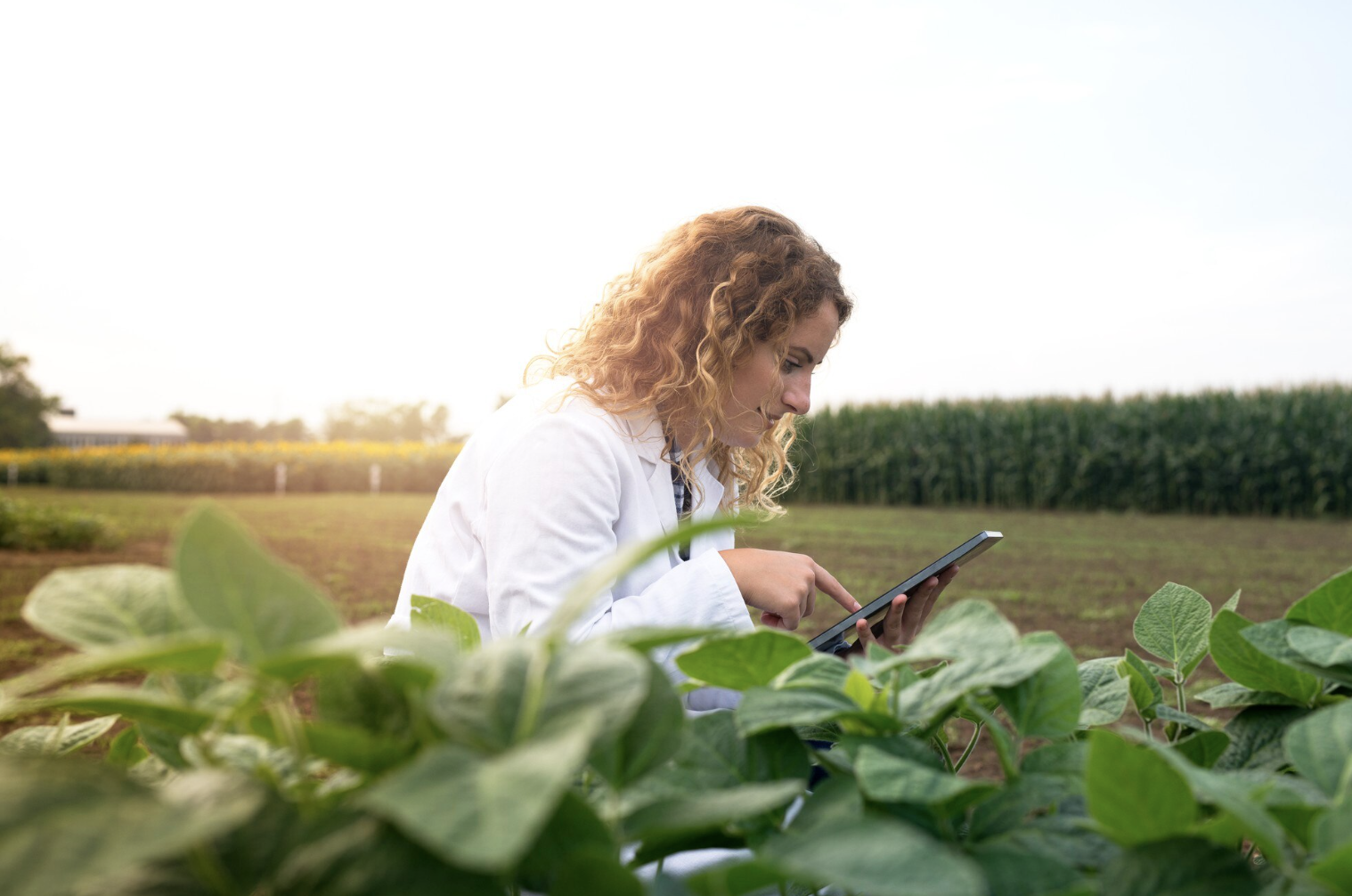What Insurers Miss When Systems Don’t Speak
Subscribe to get insights and updates.
Agriculture and technology news combined.Why the Future of Crop Insurance Depends on Interoperability, Intelligence, and User-Centered Design
Introduction: The Opportunity Behind the Friction
For farmers, crop insurance is a critical safeguard—but the experience of enrolling acres, managing policies, and filing claims is often anything but seamless. The issue isn’t the absence of digital tools. It’s that the tools don’t communicate. Data is scattered across agencies, lenders, imagery providers, and insurers. Interfaces are clunky, and the burden of reconciling information falls on the very users those systems are meant to support.
But there’s a real opportunity here. By building systems that reflect the actual workflows of farmers and agents, insurers can reduce administrative friction, improve compliance, and build trust through a more coherent and supportive experience.
When Systems Don’t Speak, Everyone Pays
In many agencies today, enrollment is a disjointed process. A farmer may need to pull documents from one system, re-enter data into another, scan paper forms, email attachments and may still need to visit brick-and-mortar offices to complete transactions. Each step introduces delay, error, and frustration.
Mistakes in acres verification delay or invalidate claims. Farmers paying premiums on acres instead of production would see inflated insurance costs and diluted claim payments. Manual checks consume agent time and reduce the speed and clarity that today’s farmers require.
Disconnected systems don’t just frustrate users—they create measurable business drag.
From Paperwork to Partnership: What a Better Experience Looks Like
A modern crop insurance platform can guide users through every stage of the process with clarity and precision:
- Verify acres with historical records and imagery
- Access policy history, payments, and claims in one unified view
- Receive smart policy recommendations, with coverage choices filtered by acres or business needs.
- Track the claims process with more transparency and communication between farmers and insurers
- Provide all supporting evidence of planting, harvest, and damage to one place for faster, more reliable validation
The result is not just convenience, t’s confidence. When systems communicate, agents spend less time chasing paperwork and more time advising clients.
Bringing It to Life: Magoya’s Risk Management Prototype
We’ve already begun building what this future could look like. Our Risk Management Prototype demonstrates how interoperability and thoughtful design can come together in a usable solution.
The tool centralizes key farm data, automates acres verification by combining manual entry with satellite and geospatial layers, and surfaces intelligent policy recommendations based on farm history. Claims can be submitted with evidence captured on the farm, as well as preloaded geospatial evidence and weather reports, reducing cycle times and increasing accuracy.
Developed in collaboration with ag lenders and insurance advisors, the prototype shows what’s possible when we stop designing around systems—and start designing around people.
The Hidden ROI of Better UX in Insurance
Better user experience is not just an investment in design, it’s a strategy for efficiency, growth, and risk reduction. Agencies that simplify onboarding and enrollment processes increase farmer retention and reduce confusion. Streamlined interfaces lower the cost-to-serve, while data validation tools improve compliance and reduce downstream issues. And when the enrollment process becomes less cumbersome, agencies can close more business.
What It Takes to Make This Real
Most insurers don’t need to replace core systems to make these improvements. They need tools that bridge across systems and align with how people already work
That means integrating with Farm Management Information Systems to bring in planting reports and harvest documents to streamline the enrollment process.
It means designing interfaces that connect the information users need without overwhelming them.
And it means embedding imagery and benchmark tools where they can add real validation value, without complicating the workflow.
Why Magoya
At Magoya, we specialize in building the digital glue that connects platforms and people. Our teams bring together engineers, product strategists, UX designers, and ag domain experts to deliver custom-built solutions that fit inside your stack and scale with your vision.
We don’t just build prototypes. We build working systems. And we do it with the pace, precision, and partnership mindset that modern agriculture requires.
Conclusion: The Opportunity Isn’t Just Digital—It’s Relational
The crop insurance providers that succeed in the coming decade will not be those that digitize the fastest. They will be the ones that build the most trust through tools that reduce burden, clarify options, and deliver better outcomes.
That starts when your systems start speaking. Let’s build that future together.


.png)


